
OR
Govt apathy takes its toll on rice production, imports to surge
Published On: June 29, 2020 07:07 PM NPT By: RAJESH KHANAL
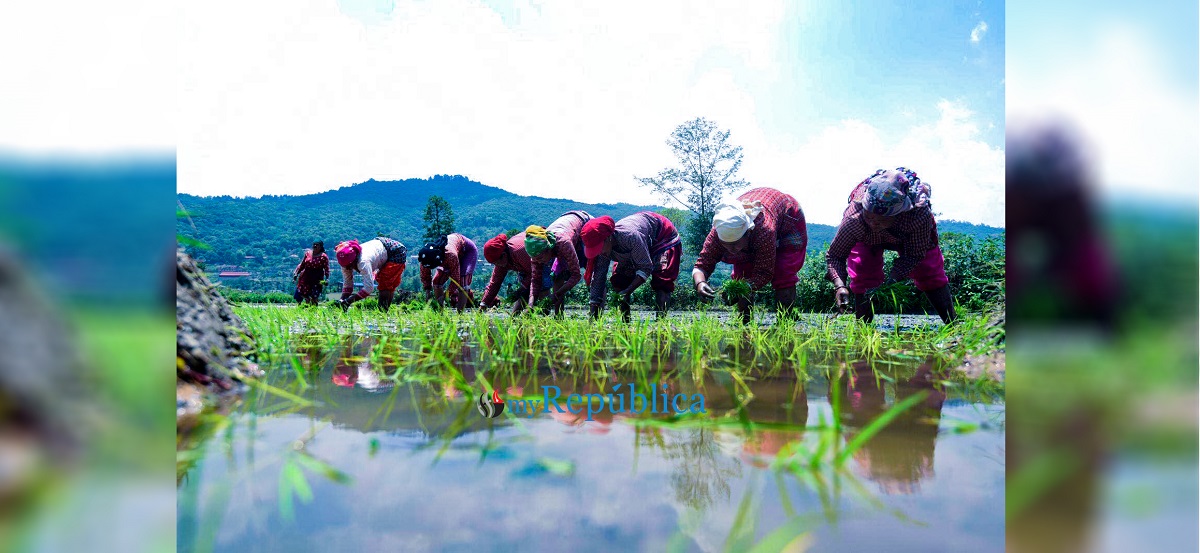
Just celebrating ‘National Paddy Day’ won’t help the country become self-reliant in staple food
KATHMANDU, June 29: Nepal on Monday is celebrating the ‘National Paddy Day,’ the main day to mark a nationwide paddy transplantation, celebrated with the vision of making the country self-reliant in rice against the fact that the import of the staple food is surging year on year.
With a shortfall in domestic production, Nepal imported rice worth around Rs 31 billion in the first 11 months of the current fiscal year, according to the statistics maintained by the Department of Customs. Given the fact that rice worth Rs 32.59 billion was imported in the review period of 2019/20, it is almost certain that the country’s import expense for the agricultural product will surpass that of the last fiscal year.
Every year, the government makes and breaks its own promise for providing logistic supports needed in the sector. In his speech to mark the National Paddy Day, Prime Minister KP Oli on Monday also reiterated that the government has focused on ensuring the expansion of irrigation facilities, research of paddy seeds, availability of subsidized seeds and fertilizers and necessary technical support to farmers and improvement of distribution system to make the country self-reliant in rice.
However, because of government apathy, rice production has been declining year on year. According to the Ministry of Agriculture and Livestock Development (MoALD), Nepal’s rice production fell to 5.55 million tons in 2018/19 against 5.61 million tons in 2017/18. The country’s annual demand for rice stood at more than 6 million tons while its contribution to the GDP is around 12 percent.
In Nepal, rice farming largely depends on rain water during monsoon that normally takes place between June and August end. Rice cultivation takes place in around 50 percent of the total arable land of the country. According to the MoALD, rice was planted in 1.5 million hectares of land in 2003/04, which was down to 1.3 million hectares in 2015/16.
Lack of timely and adequate rainfall, plotting of arable land, inundation in the Tarai/Madhes during monsoon, lack of sufficient irrigation facilities, shortage of fertilizers and youth population leaving agricultural activities are among the underlying problems.
Despite the government’s claim, the farmers this year too are reeling under the shortage of fertilizers amid mean monsoon. Besides, farmers are facing a threat of swarms of locusts that entered the country a few days ago.
With the onset of the monsoon on June 12, the farmers are now busy in transplantation of paddy across the country. The records of the MoALD show, as of last Wednesday, rice transplantation was carried out in 275,029 hectares - 20.05 percent of the paddy plantation area. Province 5 has observed the completion of 36.26 percent of paddy plantation.
In Nepal, all districts except Manang and Mustang grow rice. Of these, four districts - Morang, Sunsari, Kailali and Kanchanpur - are the pocket areas with notable quantities of rice production.
You May Like This

Joint Technical Committee formed for implementation of Nepal-Jordan agreement
KATHMANDU, Oct 22: A Joint Technical Committee of Joint-Secretary of Nepal and Jordan is to be formed for the implementation... Read More...
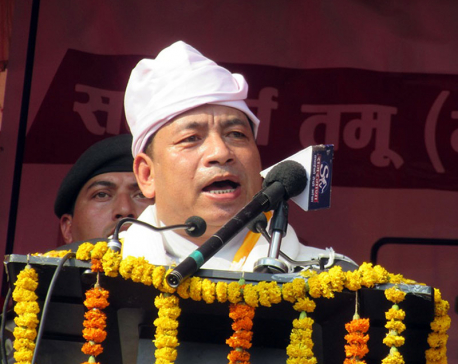
VP Pun urges parties to work for constitution implementation
DAMAULI, Jan 14: Vice President, Nanda Bahadur Pun, today urged the political parties to concentrate on constitution implementation by shrugging... Read More...
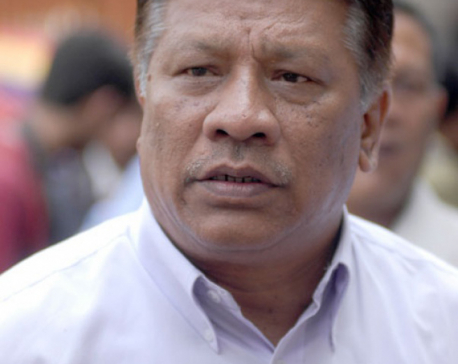
Full implementation of constitution true tribute to late Koirala: NC leader Singh
KATHMANDU, July 2: Nepali Congress (NC) leader Prakash Man Singh today said that it would be a true tribute to... Read More...


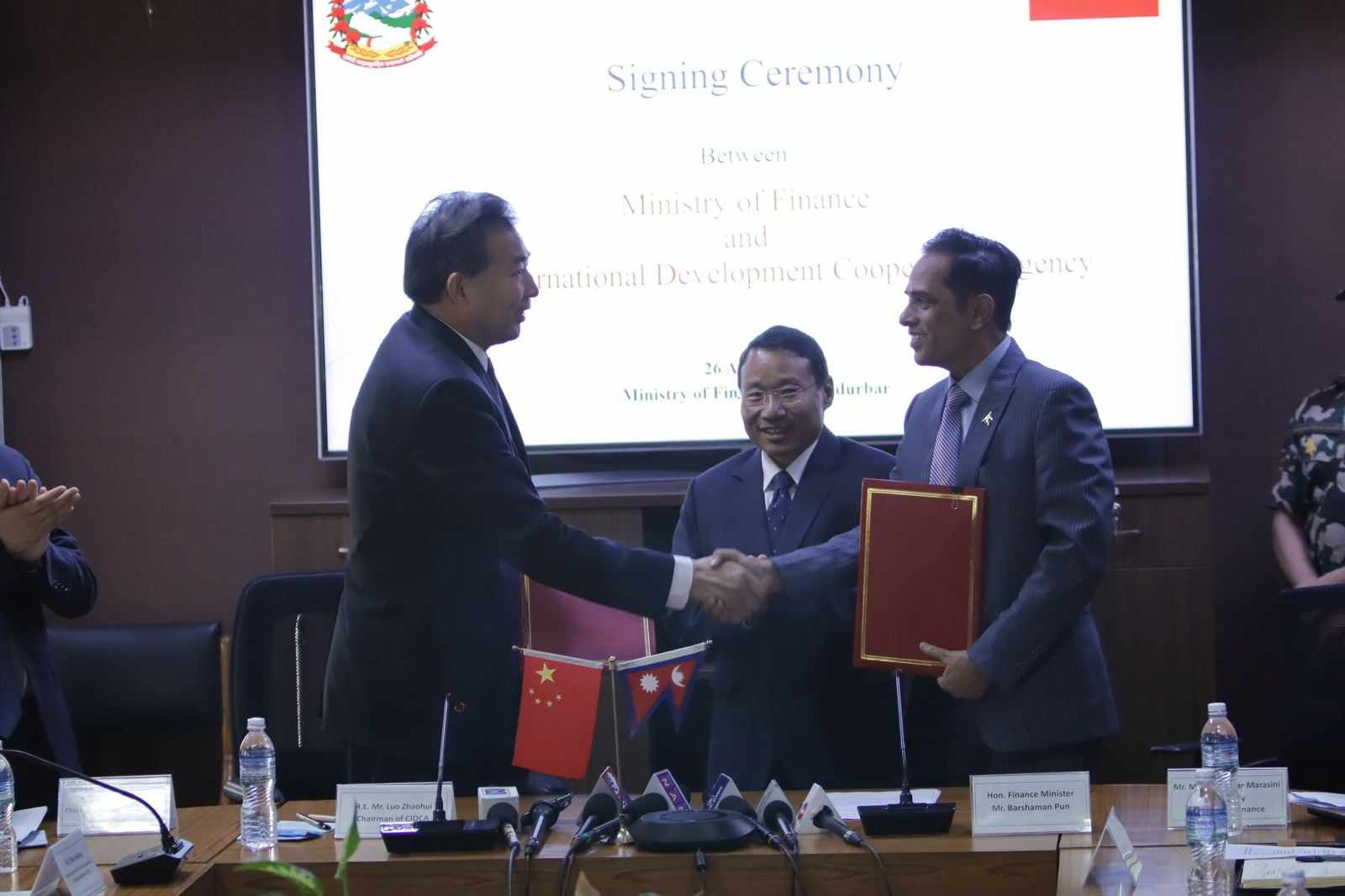
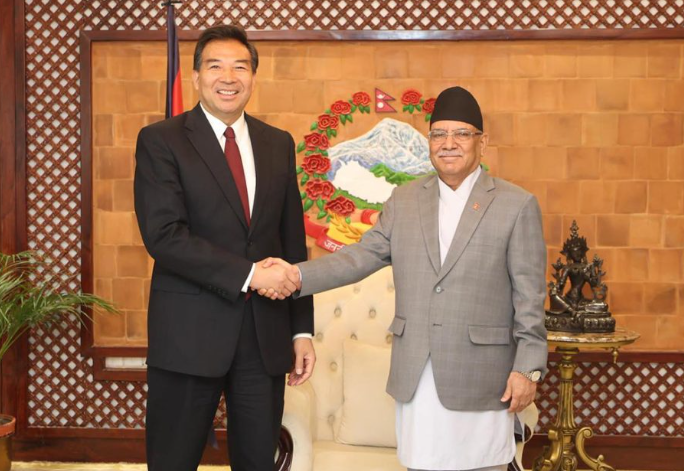

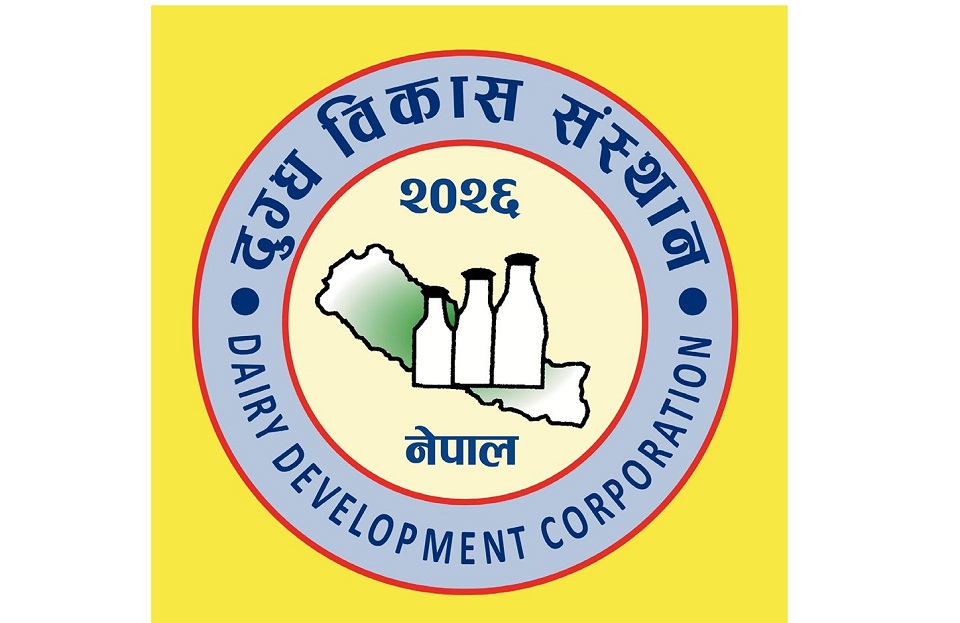

Just In
- ADB Vice-President Yang pays courtesy call on PM Dahal
- PM Dahal, Chairman of CIDCA Zhaohui hold meeting
- MoFAGA transfers 8 under secretaries and 11 section officers (with list)
- PM Dahal arrives in Morang
- DDC pays Rs 480 million dues to farmers
- Police arrest seven Indian nationals with 1.5 kg gold and Rs 14.3 million cash
- Gold price increases by Rs 1,400 today
- Kathmandu continues to top the chart of world’s most polluted city







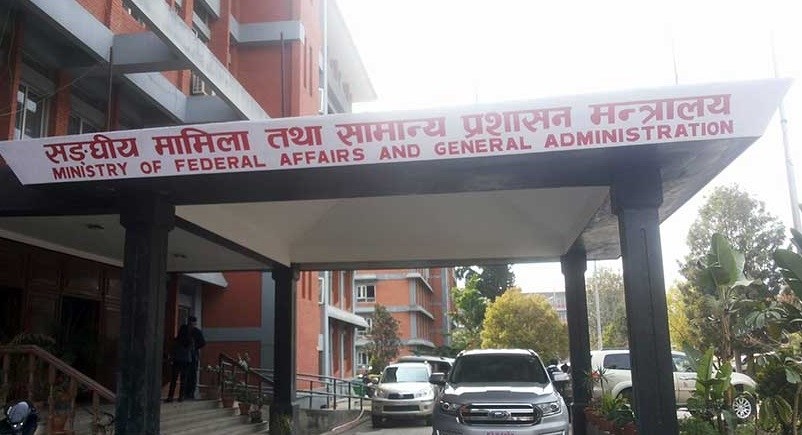


Leave A Comment